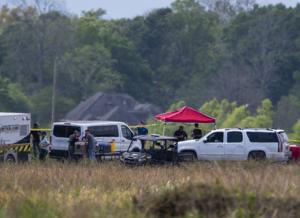
The onboard flight-track data of the police helicopter that crashed Sunday in West Baton Rouge Parish is one of the tools an investigator with the National Transportation Safety Board will use to learn the cause of the crash, a spokesperson said Wednesday.
“The investigator has the flight track data of the actual flight, recorded by a device on the helicopter,” said Peter Knudson, with NTSB media relations.
The device, called the ADS-B (Automatic Dependent Surveillance-Broadcast) broadcasts information, once a second, to ground stations and other aircraft about its aircraft’s GPS location, altitude, and ground speed — the speed of an aircraft relative to the surface of the earth.
“It pushes out information that’s also recorded,” Knudson said.
Baton Rouge police officers Sgt. David Poirrier and Cpl. Scotty Canezaro both died in the crash in a field in Erwinville early Sunday morning, 10 miles west of Baton Rouge, while pursuing a suspect who was later arrested.
The National Transportation Safety Board and the Federal Aviation Administration are both investigating.
Knudson said the NTSB investigator completed his on-scene work on Tuesday, and the helicopter was moved to a secure location.
“The investigator will finish up his investigative work here by Friday,” Knudson said.
A preliminary report on the crash will be released in two to three weeks.
The report on the entire investigation, giving the cause of the crash and contributing factors, will be released in 12 to 24 months, he said.
When looking at contributing factors, said Knudson, the investigator looks at information in three areas:
- The licenses, ratings and training activities of the pilots, as well as such information as their activities over the 72 hours prior to the crash and their sleep history before the incident.
- The aircraft’s maintenance and history and any indicators of pre-crash failure.
- The operating environment that morning, meaning the weather and communications.

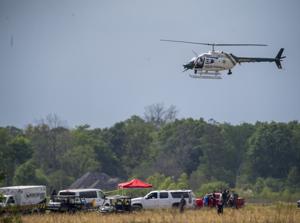
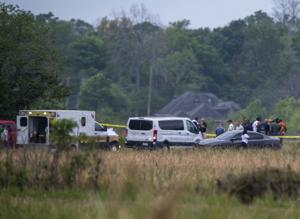
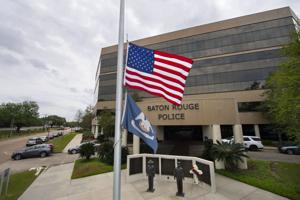
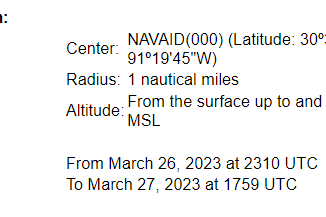
Leave a Reply